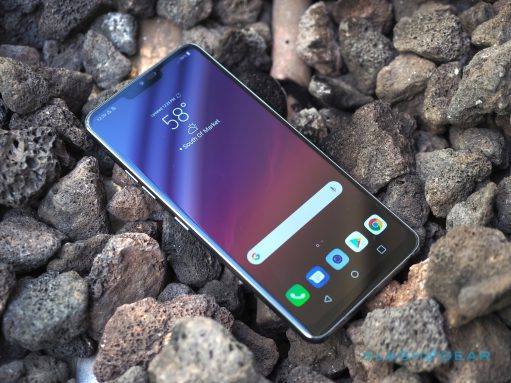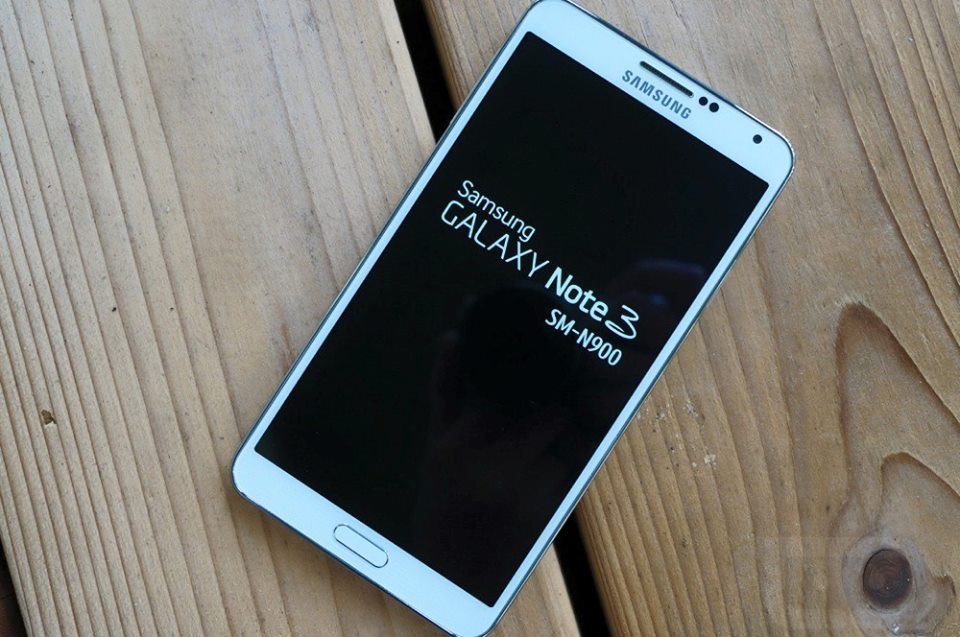Whether you just purchased the Galaxy Note 4, or you are new to Android modifications, this starter guide will walk you through the tutorials you need to look at(and in the proper order) to go from start to finish.
I want to thank the people over at /r/GalaxyNote4 on Reddit for the idea of this article. Over the past month or so I have been working on tutorials for the Galaxy Note 4 and there is quite the collection here now(close to 20). So, while all of the information is here, you might not know exactly which order to go in.
So today I’m going to lay out a table of contents, so to speak, that will show you the order you need to go in for your Galaxy Note 4 modifications.
I will be breaking this up into three different sections. The first one will be the important stuff. . .things like rooting the Galaxy Note 4, installing a custom recovery, ROMs and kernels. The second one will be some all-purpose tutorials. . .things like booting the Galaxy Note 4 into recovery mode, wiping the cache partition and doing a factory reset. The last section will be for miscellaneous tutorials like changing the DPI, installing Xposed, etc.
Minor Galaxy Note 4 Tutorials
- How to Wipe the Cache Partition of the Galaxy Note 4
- How to Boot the Galaxy Note 4 into Safe Mode
- How to Boot the Galaxy Note 4 into Download Mode
- How to Boot the Galaxy Note 4 into Recovery Mode
- How to Factory Reset the Galaxy Note 4
Core Galaxy Note 4 Tutorials
- How to Root the Galaxy Note 4
- How to Install a Custom Recovery on the Galaxy Note 4
- How to Create a Nandroid Backup for the Galaxy Note 4
- How to Restore a Nandroid Backup on the Galaxy Note 4
- How to Install a Custom ROM on the Galaxy Note 4
- How to Install a Custom Kernel on the Galaxy Note 4
Miscellaneous Galaxy Note 4 Tutorials
- How to Fix External SD Card Write Access on the Galaxy Note 4
- List of Custom ROMs for the Galaxy Note 4
- List of Custom Kernels for the Galaxy Note 4
- How to Change the DPI of the Galaxy Note 4
- How to Install the Xposed Framework on the Galaxy Note 4
- How to Downgrade the Galaxy Note 4 from Lollipop to KitKat
Explanation
I would say that it would be smart to get familiar with the tutorials in the first section, the Minor Tutorials. These are some generic tasks that everyone should know how to do on their Android smartphone. I talk about doing all of these things, like booting into the recovery mode and booting into download mode in multiple tutorials here at Android Explained. These tasks are generally different for each smartphone so the ones listed in these tutorials are tailored specifically for the Galaxy Note 4.
After you know how to do all of the Minor Tutorials, you can move onto the Core Tutorials. These are very important and they do some very powerful things to your Galaxy Note 4. The first thing that needs to be done is gaining root access. Once you have root access, then you can install a custom recovery. Once you have a custom recovery installed onto your Galaxy Note 4, create a Nandroid backup immediately. I cannot stress how important having a backup is. Create your Nandroid backup and store it in multiple locations. Maybe have one on the internal storage, one in the external SD card(if you have one), one on your computer and the one saved in the cloud somewhere. If there is ever a time where something isn’t working right, you can always restore from this backup and everything should be working normal again.
Again, doing this modifications are very powerful and they can change a lot of things with Android’s /system partition. If something doesn’t go right, like a bootloop, or lots of force closes, then you can always restore from a backup. I recommend creating a backup each and every time you start on a modification like flashing a ROM, flashing a kernel, changing the DPI or installing Xposed. Create your backup before you do these so you can always boot up into Recovery Mode and restore in case something didn’t work right.
As always, if you have any questions then please leave a comment at the bottom of the individual tutorial that you’re having issues with. There’s not much use asking questions about custom ROMs on this article, as opposed to leaving a comment at the bottom of the custom ROM tutorial. Keeping all relevant questions on each relevent page helps to keep things organized and it helps other readers who might also have the same question(or bug) that you encountered.





